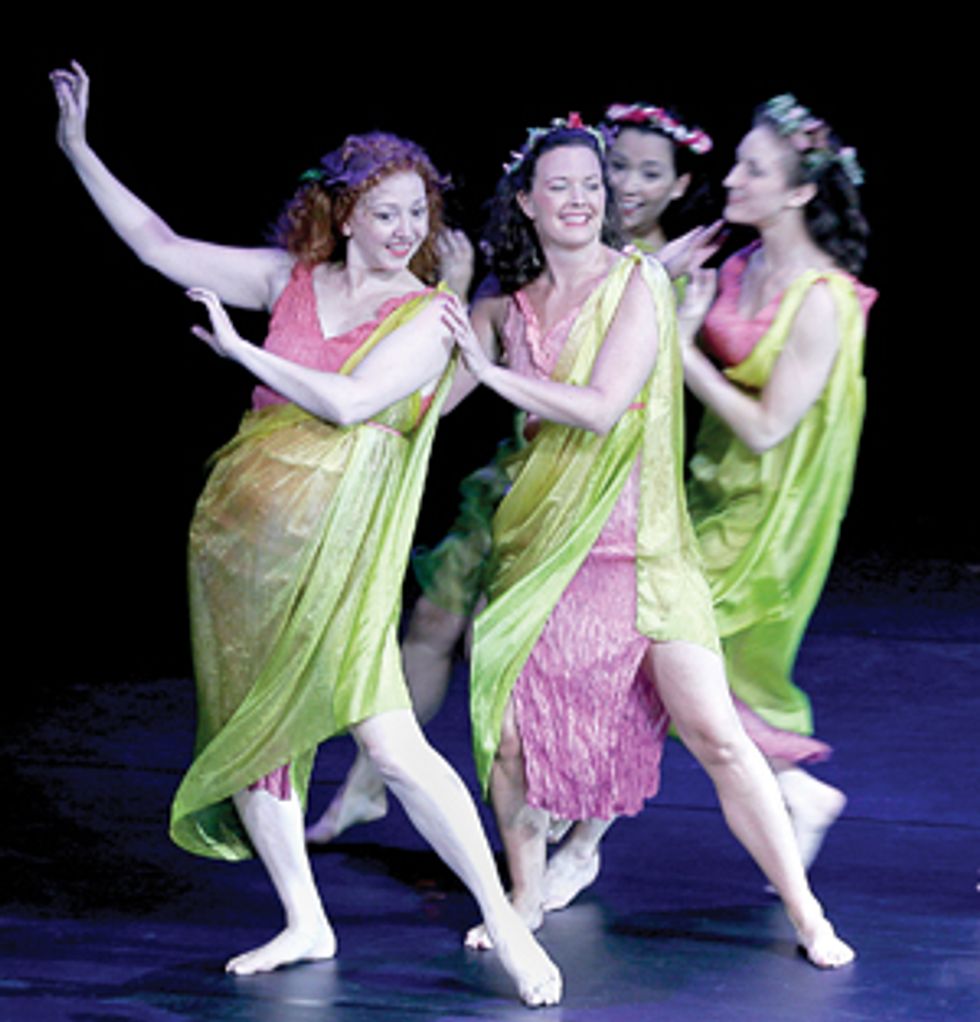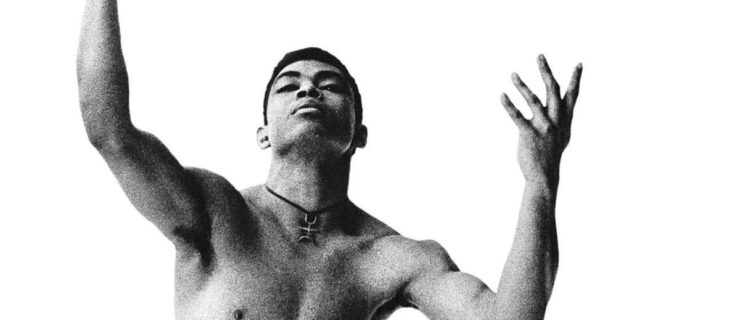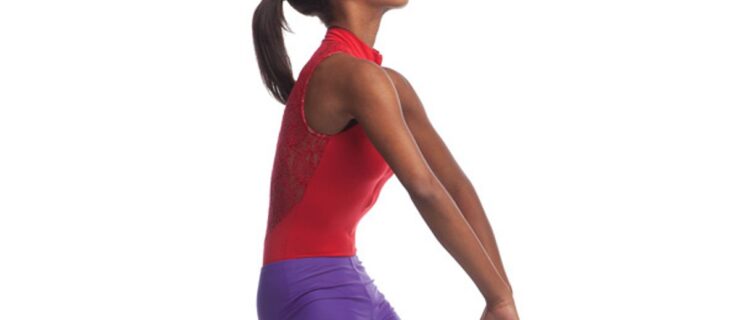Footloose: Dancing Barefoot

Lori Belilove & The Isadora Duncan Dance Company members sport bare feet in Duncan’s Bacchanal. (Vladimir Lupovsky)
When you’re sporting a pair of jazz shoes or ballet slippers, you can throw off strings of chaînés and multiple turns without a problem. But when you shed your footwear for modern class, everything changes. Your feet get sweaty and stick to the floor, making your movements jerky and uncomfortable. And those triples you can pull off in ballet shoes? Not happening.
Learning to dance barefoot like a pro takes time and patience. But for aspiring modern and contemporary dancers, the ability to move seamlessly without shoes is essential. And even ballerinas and commercial dancers can benefit from having this skill up their sleeves; you never know when a choreographer will ask you to shed your shoes. DS talked to the pros about the trials—and joys—of dancing barefoot.
Feeling the Floor, Then and Now
The history of barefoot dancing in the U.S. begins with Isadora Duncan, who shocked early-20th-century audiences by refusing to wear shoes when she performed. Duncan’s bare feet were a rebellious act, representing her desire to push dance beyond the rigid confines of classical ballet.
But there’s another side to this story, too. Some modern dance innovators, including Martha Graham, actually adopted the practice of dancing barefoot for practical reasons: Without shoes, Graham’s dancers could maintain better balance and stability. Emily D’Angelo, a current member of Lori Belilove & The Isadora Duncan Dance Company, enjoys working barefoot for the same reasons. “When you’re barefoot, you have a larger area of contact with the floor, which makes balancing easier,” she says. “Your feet can widen into the floor and use their natural moisture to make a connection.” Next time you’re feeling frustrated in modern class, remember this: While your pirouettes may be suffering, your balance has probably never been better.
Making the Transition

Madelyn Ho and Justin Kahan in Paul Taylor’s Esplanade (Tom Caravaglia)
While D’Angelo grew up dancing barefoot, most dancers don’t begin to do so until later in their training. Taylor 2 dancer Madelyn Ho had never danced shoeless until her first college modern class. “It was so weird not having anything on my feet,” she remembers. To get used to dancing barefoot, Ho recommends dancers take the time to break down challenging steps, like turns and slides, moment by moment. Practicing movements slowly can help you figure out the places where your bare feet will stick or slip naturally. Instead of trying to work against the traction your feet feel on the floor, learn how you can work with it. “Once I learned to stay grounded while turning,” says Ho, “pirouettes without shoes came more naturally.”
Toughening Up
When you’re just beginning to dance barefoot, it doesn’t only feel strange—it’s often painful, too. Blisters, floor burns and split skin are no fun. But don’t worry: You’ll begin to build protective calluses on the toes and balls of your feet quickly. According to Dr. Donald J. Rose, director of the Harkness Center for Dance Injuries, you can accelerate the process by soaking your feet in black tea, which helps prevent skin damage. “The tannic acid in black tea helps harden the skin,” he says.
If you do experience a particularly bad split or blister, proper care is important. (Studio floors are dirty.) “Clean raw and open wounds to keep them from getting infected,” Rose advises. “Cover them while you dance with elastic athletic tape, but make sure to remove it at night to allow the wounds to heal.” Your calluses need a little TLC, too. “Thick calluses are likely to split or tear from underlying skin layers,” Rose warns. “Use a pumice stone to gently exfoliate calluses if they grow too dense.”
Practice Makes Perfect
As with most elements of dance, regular practice is the only tried-and-true way to get comfortable dancing shoeless. Don’t be tempted to “save your feet” by rehearsing a barefoot piece in socks or shoes—even if your choreographer allows it. You’ll only set yourself up for more challenges when it’s finally time to perform. Instead, advises Ho, relax and enjoy the experience. “I actually feel better when I’m barefoot,” she says. “It makes my dancing so much freer.”



